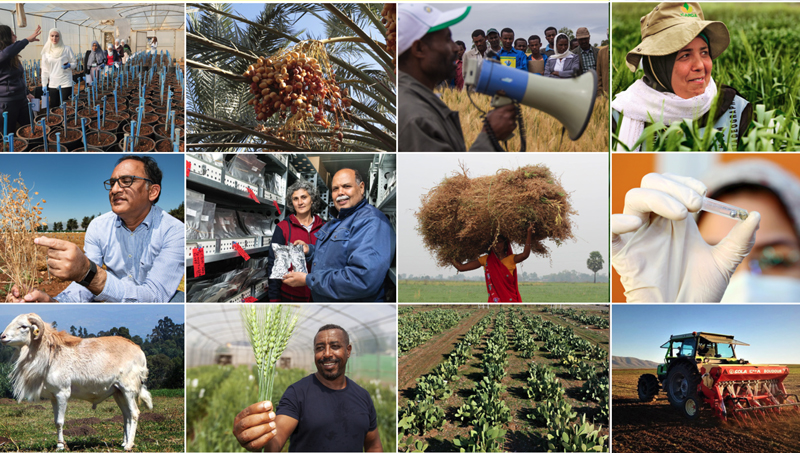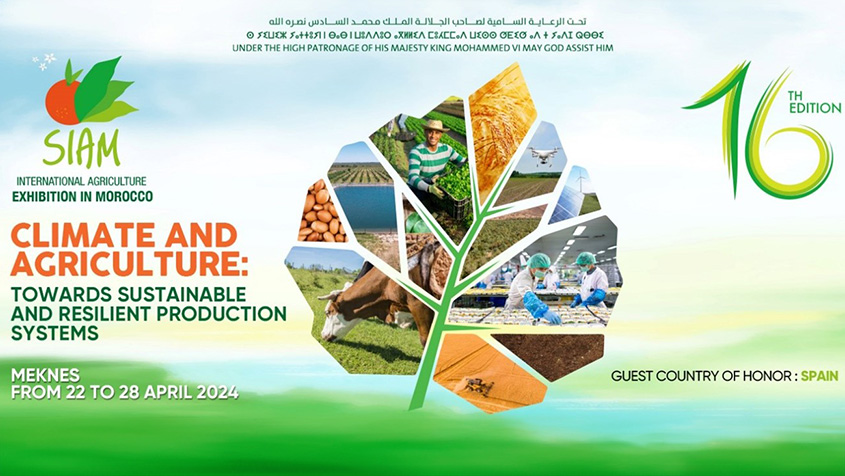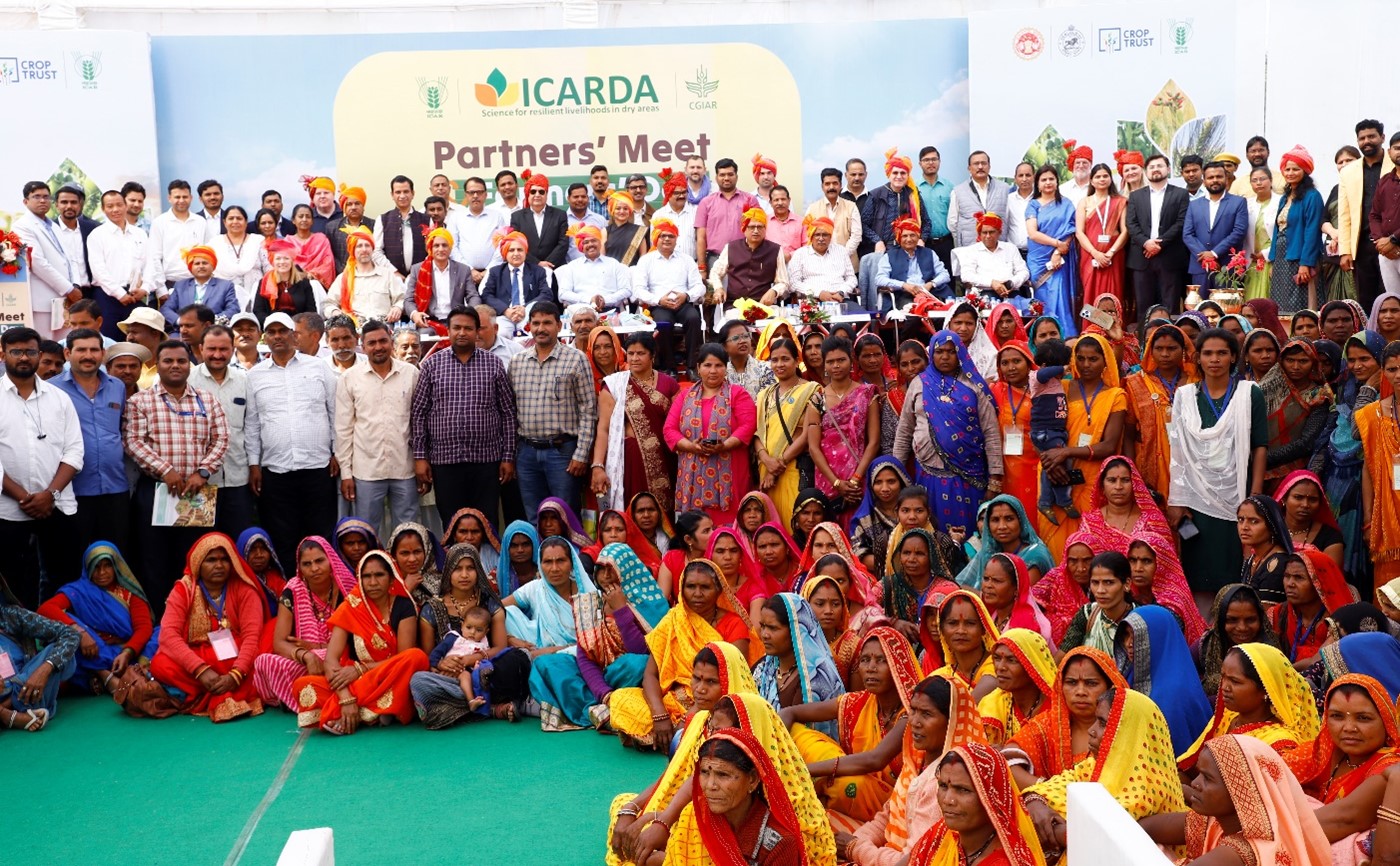Pulses are Nutrition Rich and Affordable for the Poor

Pulses are Nutrition Rich and Affordable for the Poor
Pulses have incredible potential in the context of global human health challenges says Dr. Dilrukshi Thavarajah, ICP Keynote Presenter
Dr. Dilrukshi Thavarajah is an Assistant Professor at Clemson University in South Carolina, USA, where she currently leads the university's pulse and vegetable biofortification research program to combat malnutrition and obesity. In 2010, she started the USA’s first Pulse Quality and Nutrition Laboratory in North Dakota. She is internationally recognized as a leader in lentil mineral biofortification, especially for iron and selenium. She has an active research collaboration with HarvestPlus (Gates Foundation), ICARDA (Morocco), and the World Vegetable Center in Australia, India, and Sri Lanka.
Click here to view Thavarajah’s full keynote presentation at the 2016 International Conference on the Pulses.
Why are pulses important?
Pulses are known as the poor man’s meat because they are rich in nutrition and low in cost. Therefore, most low income populations can use this nutritious crop as their staple food. 2016 is the UN’s International Year of the Pulses, so it’s a perfect time to recognize the human health benefit of this forgotten nutritious crop. This conference will also emphasize to researchers and the general population the need to increase awareness of pulses’ nutritional qualities that combats micronutrient deficiencies and obesity.
What are you personally hoping to get out of this conference?
As a pulse nutrition quality researcher, I am excited to share our current research findings with all my colleagues around the world. I am also expecting to expand our collaboration efforts with ICARDA and other pulse researchers around the world. Plus, I will learn new information and update my knowledge on pulse crops. It will be great to meet my colleagues from ICARDA and from India, Canada, Australia, and many more countries.
How can pulses help solve health problems?
Pulses are an under-consumed whole food. Obesity and malnutrition have become significant health burdens, so educating the general public will help to increase pulse consumption and prevent these major health disorders. The world is changing from an era of under-nutrition to one of global obesity. As researchers, we need to notify and motivate the general public to change their food behaviors, otherwise we will all face serious health problems. It is also important to advise breeders to include the nutrition quality traits into their pulse breeding programs. This conference will help us accomplish these goals.



